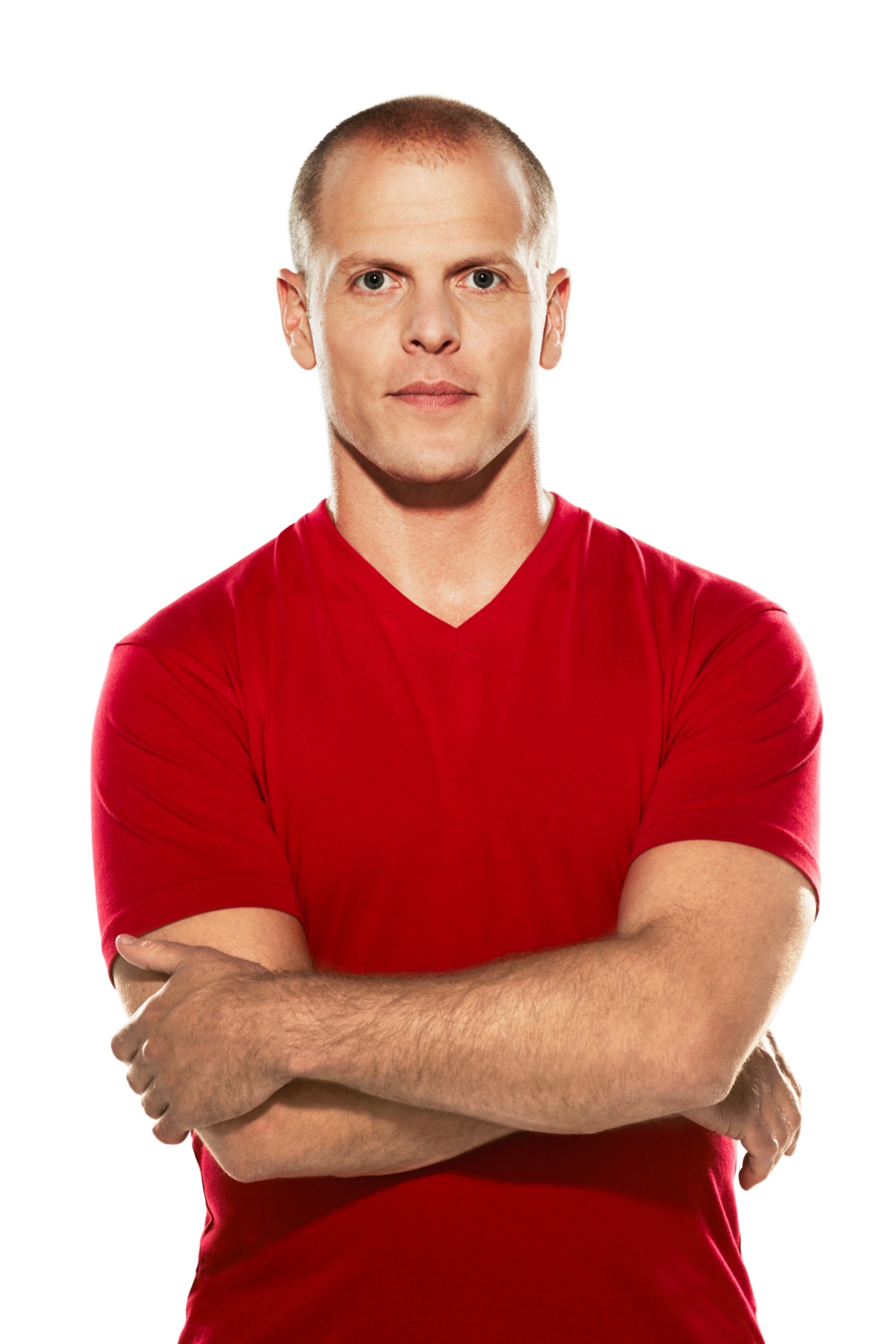
Mashup of the Titans – Part 1 w/ Tim Ferriss – #370
0:00 – Butcher Box
1:40 – Cool fact of the day!
2:15 – CyberPolicy
3:05 – Welcome Tim Ferriss
3:45 – Tim’s single most important message of Tools of Titans
7:50 – Positive affirmations vs. negative affirmations
12:00 – Tim’s experience with birth trauma
14:00 – Learning from writing Tools of Titans
18:00 – How to become a Titan
25:00 – Mindfulness practices
34:00 – Morning routines
40:00 – Making your bed in the morning
47:00 – Journaling
54:00 – Preview of part 2
Featured
Tools of Titans by Tim Ferriss
Neurominer (Use coupon code: Bulletproof)
Resources
Bulletproof
Lions, Dolphins and Bears, Oh My! With Michael Breus – #344
Make Bad Decisions? Blame Dopamine w/ Bill Harris – #362
Keying in on Ketones with Dominic D’Agostino – #325
UJ Ramdas: Success and Gratitude – #80
Questions for the podcast?
Leave your questions and responses in the comments section below. If you would like your question to be featured on an upcoming Q&A episode, submit it using our Podcast Voicemail. You can also ask your questions and engage with other listeners through The Bulletproof Forum, Twitter, and Facebook!
Subscribe To The Human Upgrade
In this Episode of The Human Upgrade™...
BOOKS
4X NEW YORK TIMES
BEST-SELLING SCIENCE AUTHOR
Smarter
Not Harder
Smarter Not Harder: The Biohacker’s Guide to Getting the Body and Mind You Want is about helping you to become the best version of yourself by embracing laziness while increasing your energy and optimizing your biology.








